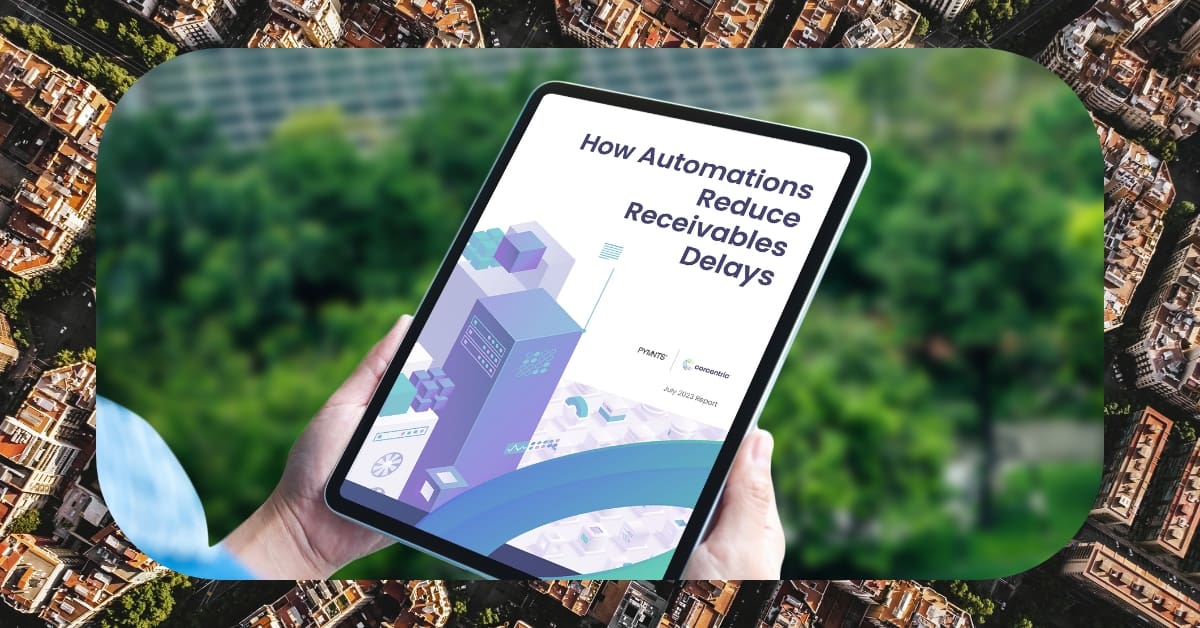Getting Value From A Source-To-Pay Solution

Procurement Procurement Software
Whether you are C-level executive who works in finance or senior procurement leader, you know the formidable challenge of identifying cost savings opportunities in the areas of procurement. You also likely know that automating the procurement processes and improving visibility and control over spend activity can have positive impact on your bottom line. But what is the best way to go about achieving these business outcomes?
The answer for most organizations is implementing source-to-pay Softwaresolution that provides end-to-end visibility across the procurement process. With source-to-pay (S2P) solutions, business can automate and facilitate processes such as e-auctions, sort through data and analytics, quickly negotiate contracts with suppliers, manage requisitioning, and more. The flexibility and scalability of S2P solutions allow companies of all sizes to meet their procurement objectives and get the highest possible return on their investments.
To make sure you are getting the most value out of your S2P solution, it is important to understand the different components of your S2P system. Here is step-by-step guide to help you make the most of your procurement software.
Step 1: Understand Your Needs
Before selecting or implementing S2P solution, it is essential to take the time to understand your organizations needs. What type of procurement activity do you need to automate within your organization? What level of visibility do you need into supplier data, contract management, and invoicing processes? What areas are you hoping to make more efficient by using an automated S2P system? Having an in-depth understanding of your procurement objectives will help you to create framework that will ensure your organization is getting value from an S2P solution.
Step 2: Select Supplier
Once you understand your procurement needs, it is time to select the right supplier for your S2P system. When evaluating potential suppliers, it is important to consider the scalability of the solution, the supplier’s experience and track record of deploying solutions, and the technical capabilities of the product. Be sure to ask for customer references to ensure you have good understanding of how the product has been used in the past.
Step 3: Implement the System
Once you have selected supplier, you will need to set up the S2P system. This process can take several months and involves configuring the system, deploying the solution, and setting up data migrations. If you are using cloud-based solution, you will also need to consider security and user access issues.
Step 4: Introduce Training and Change Management
It is important to ensure that your team fully understands how the S2P system works and how to maximize the value of all of its features. Introducing change management and training, such as S2P workshops and process simulations, can help your team get comfortable with the solution. It is also important to help your team understand the processes and expectations associated with using the system.
Step 5: Measure the Results
The final step is to measure the performance of the S2P system and ensure that the organization is getting the highest return on its investments. It is important to track key metrics such as cost savings, order fulfillment times, cycle time, purchasing velocity, and supplier performance, among other metrics. Doing so will help you to determine whether the system is helping your organizationsave money, or if there are still areas that need further improvement.
By following the steps outlined above, you will be well on your way to ensuring that your organization is getting value from its S2P system. By understanding your needs, selecting supplier, implementing the software, introducing training and change management, and measuring the performance of the system, you can ensure that the S2P system is working the way that it ishould and that your organization is maximizing its return on investment.

